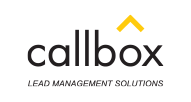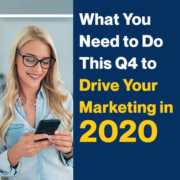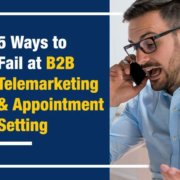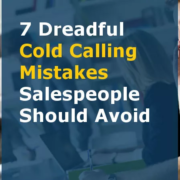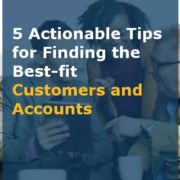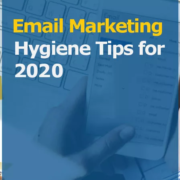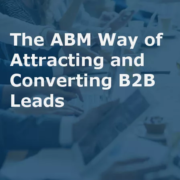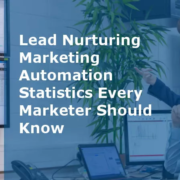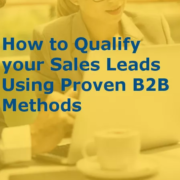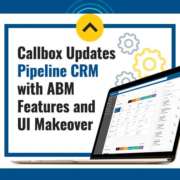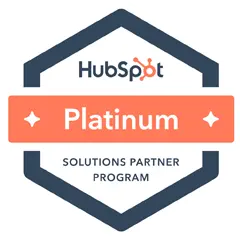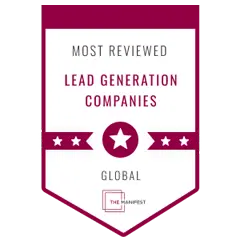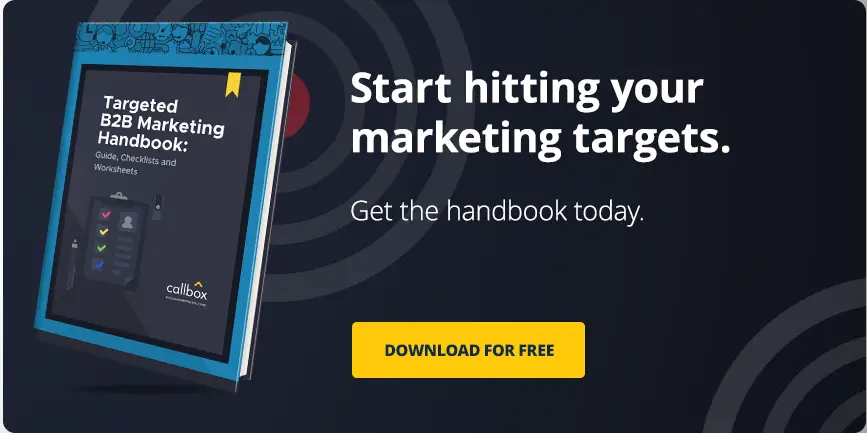B2B Marketing Trends for Australia’s Tech Industry in 2020
The B2B world is going to get even more exciting in the realm of technology in these coming years.
Today we take a look at the growing trends in the B2B technology market in the coming year.
From the growing role of influencers to the next big things that marketers should keep an eye for. Let’s walk you through the trends of next year!
Influencers Will Be Used to Market B2B
It’s not just B2C that influencers will be dominating in the coming years but the world of B2B sales as well. This fact is most especially true for the technology industry where everyone that is a player is expected to be connected and updated.
B2B industry influencers have the same impact as those in B2C, especially if they are industry or thought leaders. Simple recommendations or mentions on platforms like LinkedIn or more direct ones such as those in ads can drive up the goodwill of B2B companies that want to make moves in driving up their market share.
Some companies have already been moving on to this trend of using industry influencers, so the best time to start making connections is probably now.
Influencer applications and software is also on the rise with many more companies taking advantage of these apps. This alone is enough indication that the role of influencers and industry thought leaders would continue to make ground in the years to come.
It said that there would be macro and micro-influencers with different roles in promoting a company’s brand.
Event Marketing
People are still going to be relatable and interpersonal as the years come by, and it is crucial that event marketing always takes up a role in your marketing plan. The use of tradeshows, conferences, and general marketing events connects people, and this is the best way to relate.
Event marketing also allows you to showcase your current range of products making it a great way to demonstrate your product or service’s capabilities in their full light.
Customized Content for Each Part of the DMU
It’s not just tech specialists who are making decisions in the company, but there exist finance people and other executives who are not too familiar with the technical jargon.
This is something that sales teams forget to note when preparing content that is suited to their prospective buyers. A sales team needs to start selling to all parts of the organization in order to increase the potential adoption rate.
Most decision-making units (DMU) are built from different members of prospective companies, each with a different goal and purpose.
IT sales teams need to understand that there is democratized influence in each company that they are prospecting and all these levels need to be catered to.
Interactive Content Will Be Commonplace
If an IT sales company is not taking advantage of the power of video, they will have to start upping their ante because there are a lot more types of content that should be taking the limelight in the years to come.
From AR pieces of content that allow the end-user to engage with it to webinars that need to be done to educate and increase perceived adoption rates, there is no substitute for interactive content.
Omnichannel Marketing
The omnichannel marketing experience is one that all companies have to achieve especially the ones that deal with technology. Being able to start the sales experience on a smart device, then moving on to a sales rep is an experience that should be seamless. It is marketing that a tech company shouldn’t do without.
Omnichannel marketing provides an experience that is focused on the buyer, and it helps nurture them through any pipeline.
Marketing Automation and AI
From automated chatbots to lead nurturing emails that make sure a lead is maintained in the pipeline, given today’s technology, there shouldn’t be a lag in applying them to IT sales processes.
Artificial intelligence is being used to communicate and auto prospect with potential clients, and it also helps with analyzing data that one can harness to build sales. There should be a strong emphasis on utilizing the technology that is available to maintain sales processes and free up humans to do other work.
Even though one may argue that AI technology is still in its infancy, installing a chatbot that minimizes the load of a customer care team is enough to start taking advantage of the technology.
By being able to capitalize on these growing trends as early as now, you will be able to properly position your marketing and sales efforts for maximum gain in the coming years.
